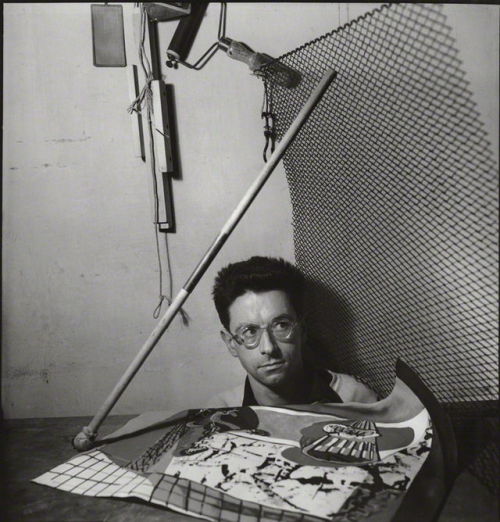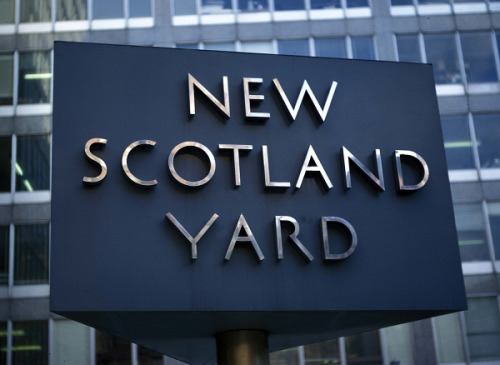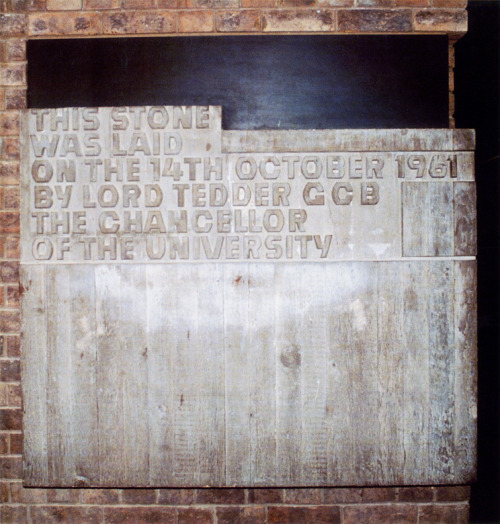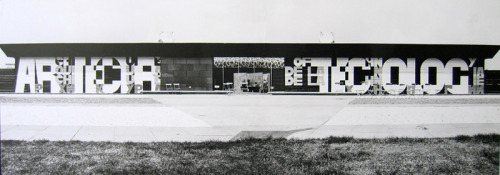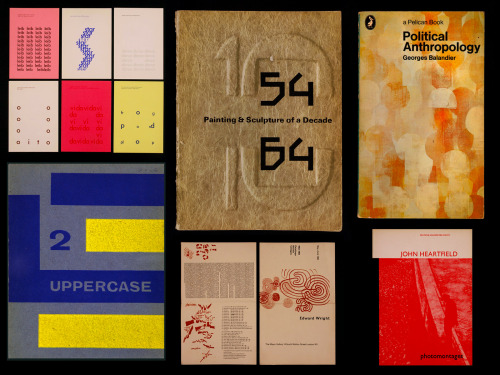Edward Wright - Designer, typographer, artist, writer, architect, teacher (1912–88)Since the b
Edward Wright - Designer, typographer, artist, writer, architect, teacher (1912–88)Since the book I’ve ordered about Wright (published in 1985) hasn’t turned up yet, i’ll have to make to do with posting Hyphen Press’ bio. They published a book about him in 2007 which I sadly haven’t been able to track down. “Edward Wright (1912–88) was an artist and designer. Born in Liverpool, where his father was Ecuadorian vice-consul (his mother was Chilean), he trained and worked briefly as an architect before concentrating on painting, drawing, print-making, and also ‘commercial art’ (as it was then still called). From 1942 through to his retirement he lived in London, with periods of work in book publishing and advertising, and teaching graphic design (very broadly conceived) – most notably at the Central School (his evening classes in typography, 1952–6, became legendary) and at Chelsea School of Art. Wright was among those who fostered the modern spirit in Britain, working alongside architects, and refusing any simple split between art and design. He was always much concerned with text and language. Among his exceptional work is the lettering that he made for modern buildings, often managing both a specific design and an alphabet that could be applied more generally.”The best online source for info about Edward Wright is ‘The optimism of modernity’ which was a 2007 project from the Reading University typography department about modern British typography. One of their pages includes some great quotes about Wright from those who knew him, as both students and/or friends, including this one from Richard Hollis which is very revealing and touches on the ‘This Is Tomorrow’ work from my previous two posts. “He was a great dancer, in a Latin American way. He and his improbable wife Kitty gave great parties. And generally, Edward was very un-English and exotic in a time of drabness – around 1960. He had all-over short hair, very unusual. His cultural references were almost entirely to things outside this country and his work was unlike what others were doing. He wasn’t really a designer – design was just one of his interests, just one of the skills he practised. His ‘This is tomorrow’ catalogue had no precedent and no direct influence. But it is one of the most memorable pieces of design made here.” - Richard HollisThere is something very intriguing about his work, it is almost unsettling at times and can be hard to place. This definitely comes from his position as a relative outsider, which goes in part to explain why he is not better known (despite many friends and ex-students who are still big names). In the face of his unfortunate obscurity I’m really glad to have come across him and his work through an interest in 'This is Tomorrow’.It just so happens there is a lecture about his lettering work in London next month: http://www.letterexchange.org/events/lx-lecture-david-pearson-designer-teacher/ hopefully I’ll make it there to find out more.Portrait of Edward Wright via NPG all other images from Optimism-Modernity -- source link
Tumblr Blog : theoinglis.tumblr.com
#edward wright#design#typography
